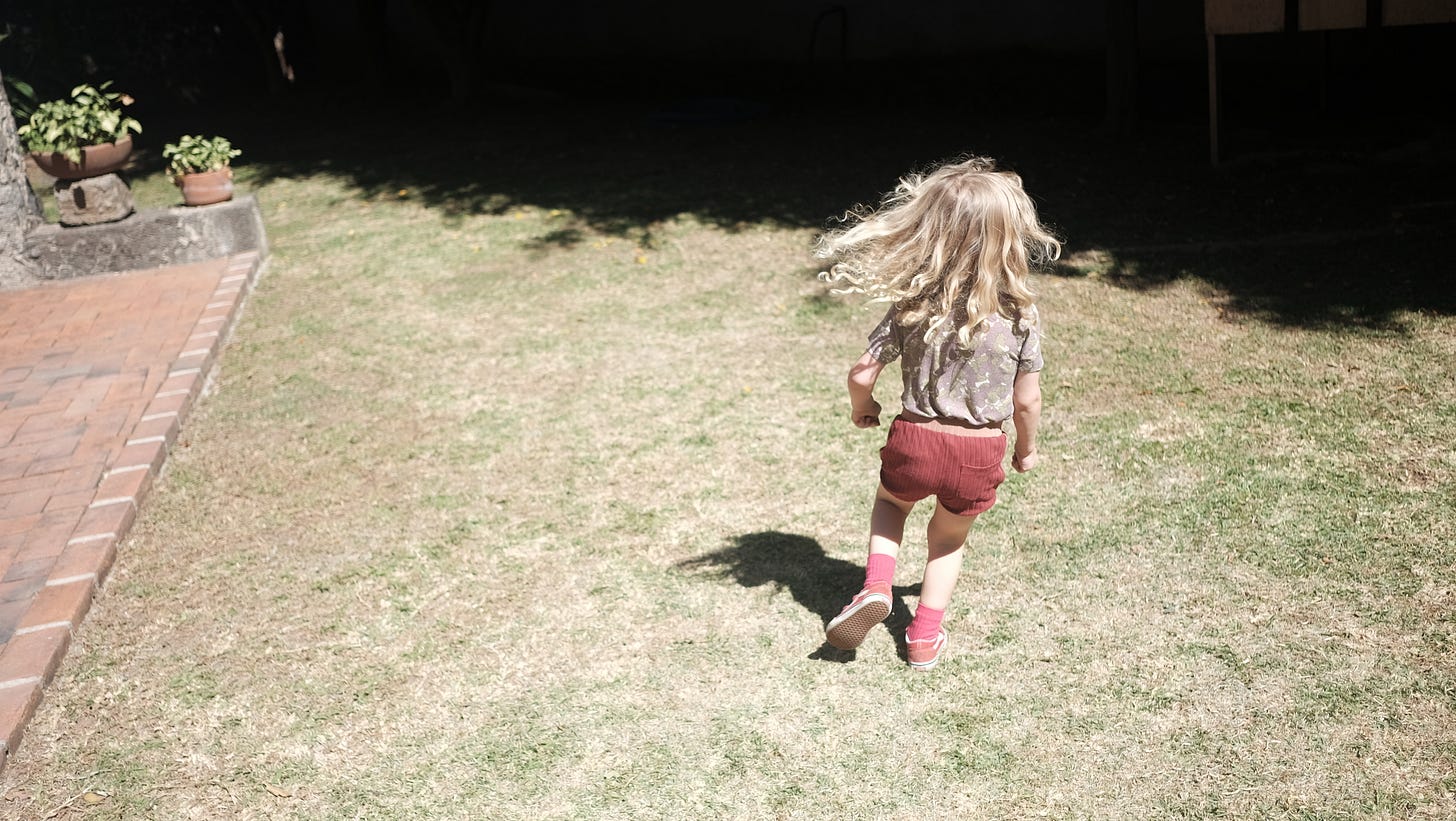This is Real ...Really made by a Robot
My life changed forever, on one fateful trip to the grocery store with my mom, sometime around 1989. I was hanging out in the magazine aisle when I came across a copy of Thrasher magazine.
Thrasher was raw and in your face and I was pretty sure it was offensive to my mom.
I loved it.
This was a few years before we got the internet and at the time, the magazine aisle of the grocery store basically was the internet. It was the most likely place for me to explore what my interests were.
Alas, the youths of today are not finding their tribe in the magazine aisle. As we all know, on the internet today, communities exist for every niche and subculture you could imagine.
Most are built on content made by members of the community. That content is spread out across a plethora of channels and an increasing percentage is machine-generated. Overly glossy images, perfect grammar. No typos. Funny turns of phrase. –Ellipses. Technically fine… But something feels a bit off.
We’re entering what my LLM dubbed “The Uncanny Feed“ —endless automated content for every niche.
The Robots Are Coming
It began with a few innocent email newsletters…
”Hello [NAME],”
…And has evolved into a 24/7 onslaught of automated and autonomous systems flashing ads, videos, pictures and bits of text at us, in a giant, continuous auction, with attention going to the highest bidder, at all times.
This is why being “real” is increasingly valuable.
Today, 10 seconds of scrolling through your feed might include news about a war, a video on making salsa, candid pics from friends and a GoFundMe for someone’s cancer treatment. At the same time, short form video, with its increasing potency, has become the internet’s drug of choice.
It’s near impossible to make an impression in this post modern media firehose. This has lead to a hooks and editing-tricks arms race on YouTube, TikTok, and Instagram, dopamine inflation and the race to the bottom of our brain stem.
Noise makes us want signal
When much of what you see is generated by robots trying to hook you with their content, the overall message trends toward noise.
That’s when people start to crave the real thing. Something made with a point of view and a human fingerprint.
So what makes something feel real?
It doesn’t have to be analog or slow but it might…
have mistakes in it
take an uncommon position
display evidence of the human behind it
risk being misunderstood
be vulnerable
be random
…Kind of like Thrasher magazine.
Of course there are many other characteristics we can encode into things that could imbue human-ness. I’m not sure how long these will stand as “human”, but for now they seem to do the trick. We will need to watch this space and see how users and the models respond.
Memelords and Hand-Stitching
You can use the latest models, tools and automations, but your communication, your product and your brand still need to be shaped by people at some level.
Maybe that means hiring a gen-alpha memelord to tune your model with just the right vibes or it means doubling down on hand made content, just as Louis Vuitton and Hermes doubled down on high craft, in an age of fast fashion. For me it means careful use of the tools, unique inputs, and lots of time spent tuning my workflows and curating their output.
For now, the uncanny valley is wide. It will take some time to cross, or at least that’s what we’d like to think.
In an age of AI Slop, being busted as ‘fake’ is dangerous. Humans are pattern matchers. We know what an advertisement “looks like” and we know what AI generated hands look like in 2025. We’ve developed immunity to so many forms of communication, ignoring massive amounts of lifeless instructions: “Buy Now” “Sign-up” “Learn More” -our brains stop processing these. Instead, we only process things that are DIFFERENT.
These days, real is different.
So be real.




